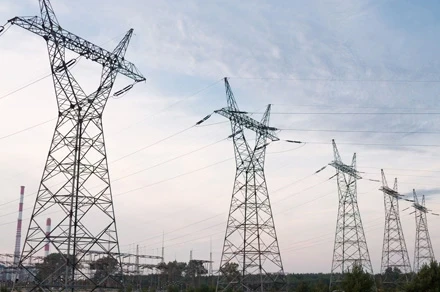Political ideology and renewable energy growth in Alberta

Edmonton - Alberta's electricity sector currently navigates a complex landscape. While renewable energy enjoys significant growth and promises a sustainable future, the recent moratorium implemented by Premier Danielle Smith casts a shadow of uncertainty. Understanding the current situation requires acknowledging both the recent developments and the underlying trends shaping the province's energy landscape.
In February 2024, Premier Smith surprised the industry by ordering the Alberta Utilities Commission (AUC) to temporarily suspend approvals for new utility-scale renewable energy projects. This moratorium, valid until late February, affected thirteen projects with a combined capacity to generate 2.1 gigawatts of clean electricity, enough to power roughly one million homes. This decision arrived amidst Alberta's impressive record in reducing greenhouse gas emissions from electricity generation by 50% between 2015 and 2021, highlighting the apparent contradiction between the province's environmental progress and the current moratorium.
"Smith doesn't seem to prioritize developing Alberta as a green electricity leader," stated Ian Urquhart, a prominent environmental writer. He further emphasized the incongruity between the province's environmental trajectory and the recent measure.
However, despite the recent roadblock, Alberta's renewable energy sector has experienced remarkable growth in recent years. Rystad Energy, a leading energy research and consultancy firm, predicted in 2022 that Alberta would surpass Ontario as Canada's leader in utility-scale wind and solar power generation by 2025. This projected achievement signifies Alberta's potential to generate clean electricity comparable to the output of a refurbished Pickering nuclear plant in Ontario.
"Economics will almost certainly push the province towards a more sustainable and hopeful future," remarked Urquhart, highlighting the economic benefits associated with renewable energy development. The halted projects, for instance, promised to create over 800 jobs and contribute significantly to Alberta's economic development.
While the exact motivations behind the moratorium remain unclear, some speculate it reflects the Premier's ideological stance favoring the oil and gas industry over clean energy alternatives. However, numerous voices within the industry and beyond believe that economic realities will ultimately dictate the future of energy in Alberta.
"The moratorium appears more like a temporary political hurdle than a long-term game changer," stated Dr. Julia Adams, an energy economist at the University of Calgary. "The economic arguments for renewables are becoming increasingly compelling, and Alberta has a unique opportunity to become a leader in clean energy."
Dr. Adams further elaborated on the potential for Alberta to leverage its abundant wind and solar resources, along with its existing electricity grid infrastructure, as key advantages for renewable energy development. Additionally, she highlighted the potential for Alberta to become a future leader in green hydrogen production, using its renewable energy resources to create hydrogen for export.
The future of Alberta's renewable energy sector remains uncertain, with the recent moratorium introducing an element of doubt. However, the strong economic arguments, ongoing industry growth, and Alberta's natural resources suggest that a sustainable and clean energy future remains a viable option.
Beyond the immediate challenges, the path forward hinges on critical decisions in the coming months. Will Alberta embrace its potential as a leader in the green energy transition, or will it prioritize the oil and gas industry at the expense of clean energy development?
These decisions will have wide-ranging economic, environmental, and social consequences not only for Alberta but potentially for the entirety of Canada. Moreover, the province's approach to its energy sector will be closely watched by the global community, as it navigates the complex balancing act between economic prosperity, environmental sustainability, and aligning with global energy trends.









